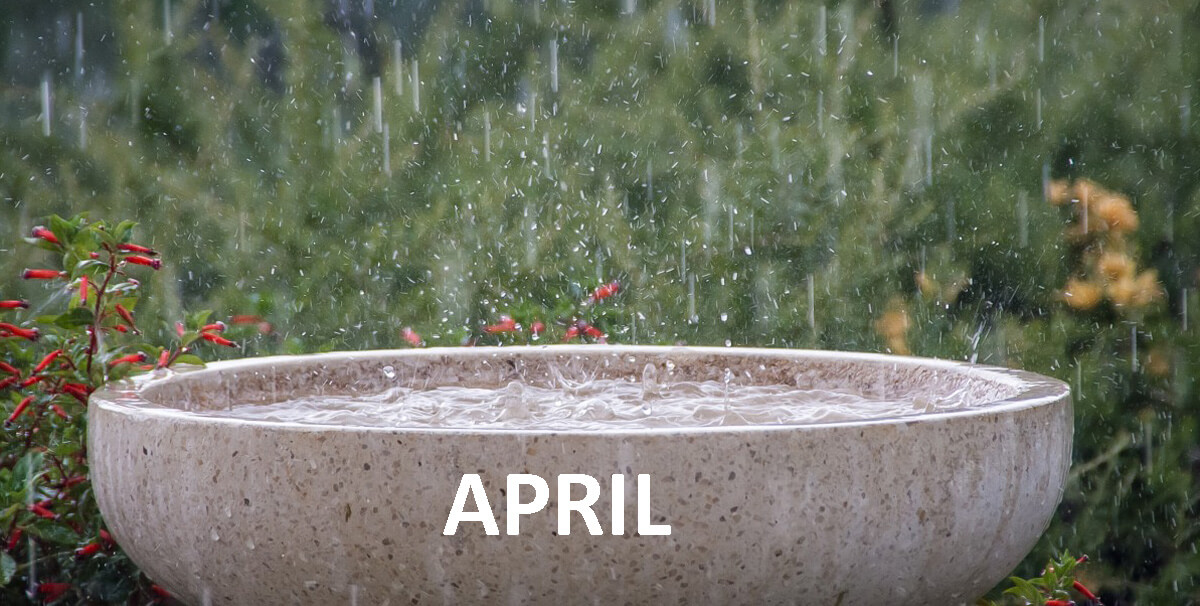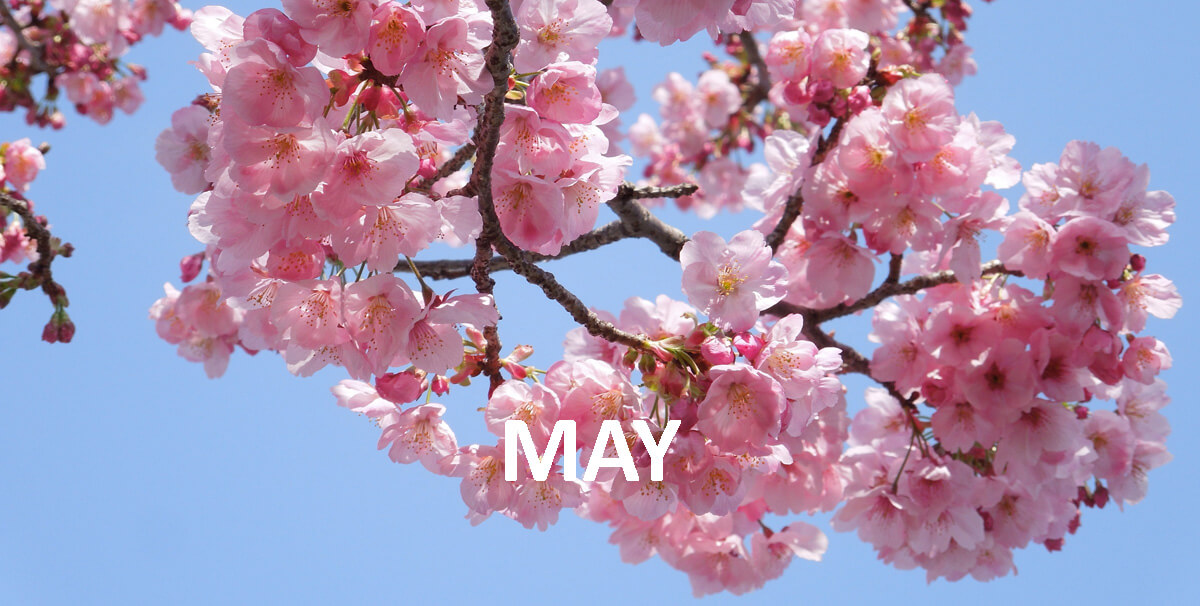April brought showers…
May brought flowers…
June brought unseasonably high temperatures, an absence of rain and signs of stress in the garden… The summer gardening season has begun!

In the best of times, keeping a summer garden fresh and appealing is a challenge. This year, with half of the lower forty-eight states experiencing unusual heat patterns and moderate to severe drought, the challenges are even greater. There are, however, environmentally friendly ways to keep your garden blooming throughout the dog days of summer. The experts at Embassy Landscape Group share their secrets for keeping your summer garden vigorous and blooming, a place that you want to escape to!
Tips on Watering
1.jpg)
Avoid the temptation to water planting beds and lawns every day. Frequent, shallow watering causes roots to stay close to the hot soil surface, leaving the plant more susceptible to rapid wilting. Instead, applying about an inch of water per week trains roots to burrow deep into the ground seeking moisture.
Water slowly and gently, allowing the ground to absorb the moisture. Pressurized nozzles can destroy foliage and blooms, putting the plants at risk for insect damage or diseases.
Avoid watering during the hottest parts of the day -- not because you will burn the foliage of your plants (that’s an old wives’ tale), but because you can lose up to 50% of the water to wind, evaporation and run-off. Avoid late evening watering too. Foliage that remains wet overnight is more likely to become diseased.
Drip irrigation or soaker hoses can be set up to provide water exactly where it is needed. Because the water goes directly into the ground, very little water is wasted. As an added precaution in drought-stricken areas, a layer of mulch laid on the top of the watering system directs even more of the water into the ground.
Containers, especially those in hot, sunny areas, usually need to be watered every day. Just like planting beds, the water needs to penetrate deep into the soil and not just hit the surface. Check moisture levels before watering by feeling about an inch below the surface. If it’s dry there, then the container needs water.
Tips on Mulching
Trees and shrubs can benefit from a two to three inch layer of mulch applied to their root zones. The mulch acts to not only retain the soil’s moisture, but also keep the soil cooler. More than 3 inches can keep rainwater from reaching the soil. It's also wise to avoid piling mulch up against tree trunks because this can attract bark-eating pests and rot tree bark.
Mixed borders, perennial beds and annual displays also appreciate a thin ( 2 inch) layer of mulch. Compost helps retain the soil’s moisture and adds organic matter to the beds as it decomposes throughout the season.
Tips on Maintenance

Weeds compete for nutrients and moisture. Keeping beds well-weeded promotes healthy plants and attractive landscapes. It’s best to hand pull weeds rather than tilling or hoeing in the heat of the summer. The more that the ground is disturbed, the more moisture is lost to evaporation.
Deadheading spent flowers conserves a plant’s energy and reduces its need for moisture since it is no longer trying to reproduce through its seeds. In some perennial varieties, deadheading promotes a second, later wave of blooms.
Be cautious when fertilizing perennials, shrubs and trees during the heat of the summer. Nitrogen rich fertilizers can push too much top growth which means a need for more water.
Think twice about applying harsh pesticides during the summer. They may damage already stressed plants.
We can't control the weather, but we can look for ways to circumvent it! These simple strategies will help you keep your garden at its best all season long.





